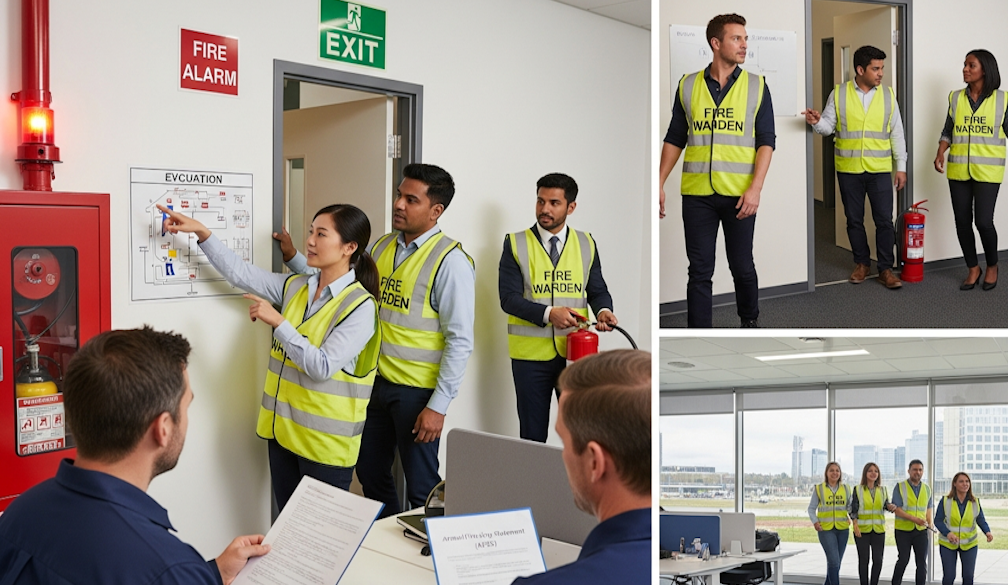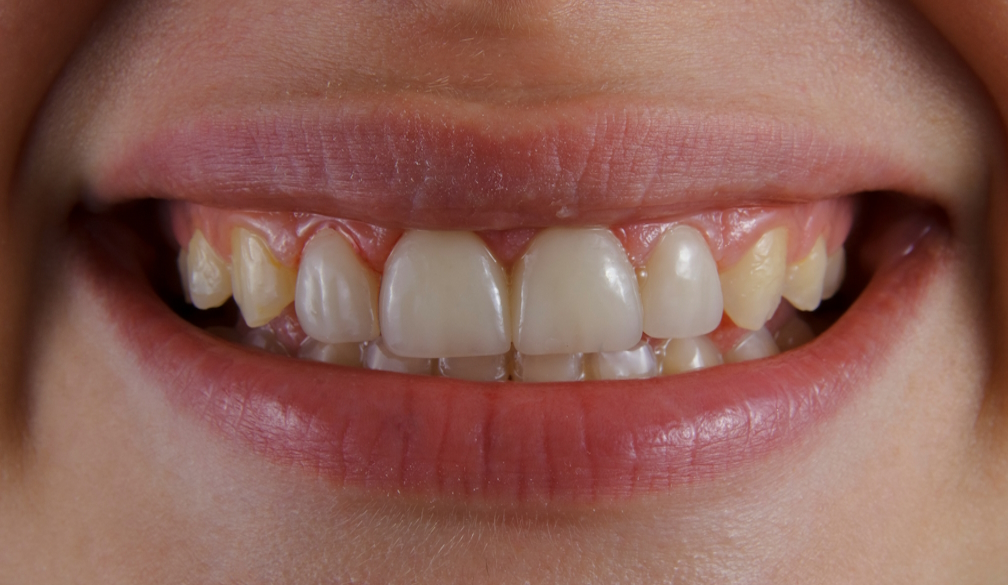Understanding the Benefits of 304L Stainless Steel Pipes in Corrosive Environments

Every material used in industries dealing with extreme environments, particularly those involving high levels of corrosion or aggressive chemicals, needs to be outstanding in all regards.
Having been specifically engineered for severe conditions, 304L stainless steel pipes are a popular choice for industries that rely on materials that can withstand corrosion, such as the petrochemical, marine and chemical sectors.
Why 304L Stainless Steel is Perfect for Corrosive Environment
The main advantage of the 304L pipe comes down to its chemical composition. 304L is a low-carbon version of the more commonly used 304 stainless steel. While both grades are very similar, 304L has a clear edge when it comes to welding.
The key difference is that the lower carbon content in 304L helps prevent carbon precipitation, which is a common problem when welding stainless steel.
Carbon precipitation happens when stainless steel is heated, especially during welding. The heat causes chromium carbides to form, which pulls chromium away from the surrounding material.
Since chromium is essential for corrosion resistance, this loss weakens the steel’s ability to resist rust and corrosion. However, with 304L’s low carbon content, this issue is greatly reduced, making it more resistant to corrosion after welding. This makes 304L ideal for high-temperature applications and any process where heavy welding is needed.
Because of these benefits, 304L stainless steel pipes are in high demand for use in harsh, corrosive environments. It’s the perfect material when corrosion is a concern and welding is unavoidable.
Key Features of 340L Stainless Steel Pipes
Here are some of the top features of 304L stainless steel pipes:
Great strength and durability
304L stainless steel pipes are known for their impressive strength, which makes them an excellent choice for high-pressure applications. 304L’s mechanical properties ensure the pipe maintains its integrity under pressure, no matter the application.
The steel’s tensile strength of 485 MPa means that it can withstand considerable force before breaking, and its elongation (the ability to stretch without breaking) is also impressive at 40%. These properties make it not only resistant to mechanical stress but also less prone to deforming, even under extreme conditions.
Furthermore, 304L stainless steel is excellent at maintaining its structural integrity in both low and high temperatures. Its low coefficient of expansion means it will expand and contract less when exposed to fluctuating temperatures, unlike materials that can break or get damaged under similar conditions.
Corrosion resistance
One of the most remarkable features of 304L stainless steel is its extreme resistance to corrosion. This resistance is primarily due to its chromium content. When exposed to oxygen, chromium reacts to form a passive oxide layer on the surface, which protects the material from further corrosion.
What makes 304L even more impressive is that this protective layer is self-repairing. If the surface gets damaged or scratched, more chromium from the steel reacts with the air to rebuild the protective layer, and doing this prevents the possibility of further damage.
This is a feature to be appreciated, especially in industries where the environment involves continuous exposure to corrosive materials.
Examples of such applications include chemical plants processing acids and offshore oil platforms that face constant saltwater exposure. When used in such applications, 304L stainless steel can handle it all without losing its performance over time.
Weldability
Welding stainless steel can be slightly complicated, especially with steels that have higher carbon content, which can cause carbon precipitation. However 304L stainless steel pipes solve this problem because they have a low carbon content. This means that they keep their corrosion resistance even after welding. In fact, 304L is so reliable that it can often be used right after welding, without needing extra treatment.
For most general uses, 304L can be welded without any special post-welding procedures. However, in situations with high stress, welding annealing (a heat treatment process to remove stress) might still be needed.
This feature is a huge time-saver for industries that rely heavily on welding, such as chemical plants or construction projects with stainless steel piping systems.
Long-term cost efficiency
A 304L pipe might cost a bit more upfront than lower-grade materials, but its long-term benefits make it worth it. Thanks to its durability and corrosion resistance, 304L requires very little maintenance, which reduces both upkeep and replacement costs.
Industries that rely on stainless steel pipes don’t need to constantly inspect them or add extra coatings. Because of this, they get to save both time and money.
Also, the long lifespan of 304L stainless steel means it doesn’t need to be replaced as often. This is a big advantage in industries like petrochemical plants or offshore oil rigs, where replacing equipment can be expensive and time-consuming.
Versatility in harsh conditions
304L stainless steel is incredibly versatile and used in many other industries aside from chemical plants and offshore rigs.
For example, it’s a go-to material for automotive fuel lines, where corrosion resistance is essential. It’s also commonly used in the food and beverage industry, where it's almost impossible to avoid exposure to corrosive substances like salt, acids and heat.
Thanks to its excellent weldability and resistance to corrosion, 304L stainless steel can be shaped and formed into a wide range of products for different industries to meet the specific needs of each industry.









